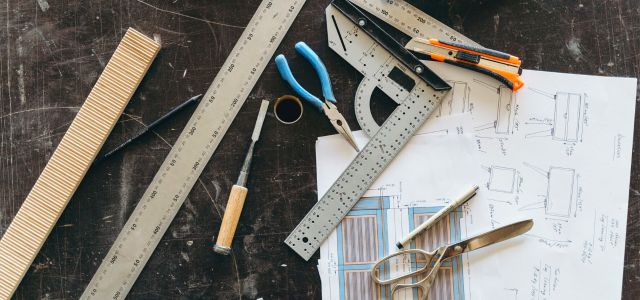On November 15, 2023, the United States Patent and Trademark Office (USPTO) announced that it is creating a new patent bar specifically for design patents. Practitioners with one of the following degrees: bachelor’s, master’s, or doctorate, qualify to seek admission to the new design patent bar: industrial design, product design, architecture, applied arts, graphic design, fine/studio arts, or art teacher education. This change will go into effect on January 2, 2024.
For nearly a year, the USPTO solicited comments regarding its proposal to create a design patent bar. For the most part, the comments supported the change — and for good reason.
It never made sense that someone with, for example, an electrical engineering degree could prosecute a design patent, but a graphic designer could not. This is especially true because design patent examiners are not required to have technical degrees. The new design patent bar will align the qualifications and skills of patent practitioners with those of the examiners who will determine patentability. Just as an electrical engineer will be best suited to prosecute a patent in that field, a designer will be best suited, in many instances, to prosecute a design patent. Opening the door to patent prosecution a bit wider allows clients to choose the patent lawyer or agent with the best skill set to prosecute their design patents, just as they have been able to do when selecting someone to prosecute their utility patents.
An ancillary benefit may be increasing the diversity of attorneys and agents admitted to practice before the USPTO. Women remain underrepresented in STEM, and as a result, the legacy patent bar remains predominantly male. Allowing a broader range of individuals to practice before the USPTO would seem to provide an opportunity to increase the number of women doing so. This was a benefit the USPTO expressly raised when announcing the possibility of creating a new design patent bar.
One of the few arguments against creating a new design patent bar was that when counseling clients regarding potential patent protection, these practitioners would have a bias toward advising the filing of design patent applications rather than utility patent applications. There were even comments suggesting that the design patent practitioners would be able to provide competent advice in that regard. This argument seems extraordinarily provincial. Design patent practitioners, like all attorneys, have an ethical duty to provide competent legal advice and to advocate zealously for their clients. There is no reason to believe that these practitioners are incapable of understanding the relative advantages and disadvantages of design patents and utility patents. Nor is there any reason to believe that, for greed or other reasons, these practitioners will steer clients in the direction of design patents even when utility patents (or other forms of IP protection) would be better for those clients. Of course, this argument can be turned on its head. According to this logic, an engineer with no design background would not be capable of explaining the differences between design and utility patents and would be biased towards counseling clients to pursue utility patents even where design patents would be preferable. No one is suggesting this is happening under current practice and there is no evidence that the inverse is likely to occur once a broader category of practitioners is admitted to the patent bar.
Notably, individuals seeking admission to the design patent bar must still pass the same patent bar examination that other practitioners are required to pass (even though many components of that examination will be irrelevant to their prosecution of design patents exclusively). It will be interesting to see how many potential practitioners apply for admission to the design patent bar and how many are admitted.
It will also be interesting to see if creating a new patent bar with different qualifications proves controversial, especially among members of the traditional patent bar. Those admitted before the implementation of the new changes can continue prosecuting design patents as well as utility patents. They now face competition from individuals who may not have years of experience prosecuting patents, but who have substantial design experience, including doctoral degrees in relevant design fields. It certainly is possible that expanding the competitive landscape will have an effect on design patent quality as well as on the cost of prosecuting these patents.
Providing a means for those with the most relevant skill sets and educational background to prosecute design patents seems like a logical step, with little to no downside and significant benefits. Of course, we cannot predict with certainty the practical implications of this significant and welcome change.

Written by Brian K. Brookey
Partner, Tucker Ellis LLP
You may also like…
Welcome to Hangzhou! The AIPPI World Congress 2024
AIPPI World Congress 2024 opened its doors in Hangzhou, China, on Saturday, 19 October. All attending were warmly...
Crystalizing plant variety infringement protection in India
On September 20, 2024, the Delhi High Court ruled in Pioneer Overseas Corporation v. M/s Evercrop Agro Science &...
German criminal court finds three defendants guilty of fraud for sending misleading invoices to EUIPO customers
In September 2024, the Munich Court (Germany) found three defendants guilty of commercial gang fraud for sending...
Contact us to write for out Newsletter














